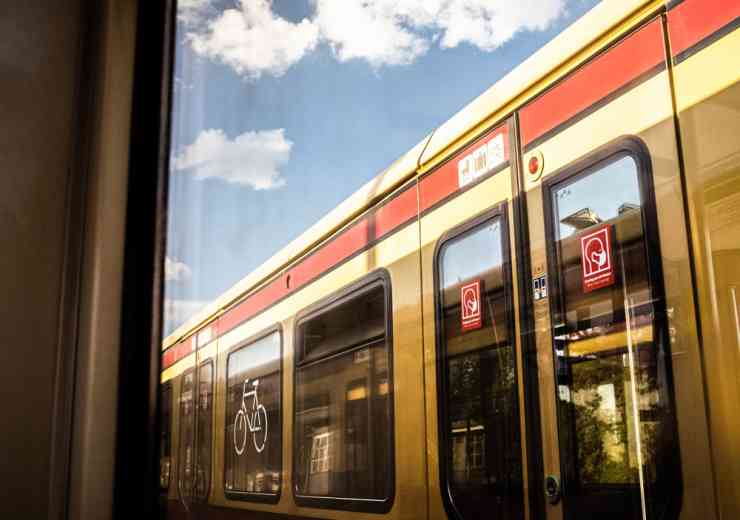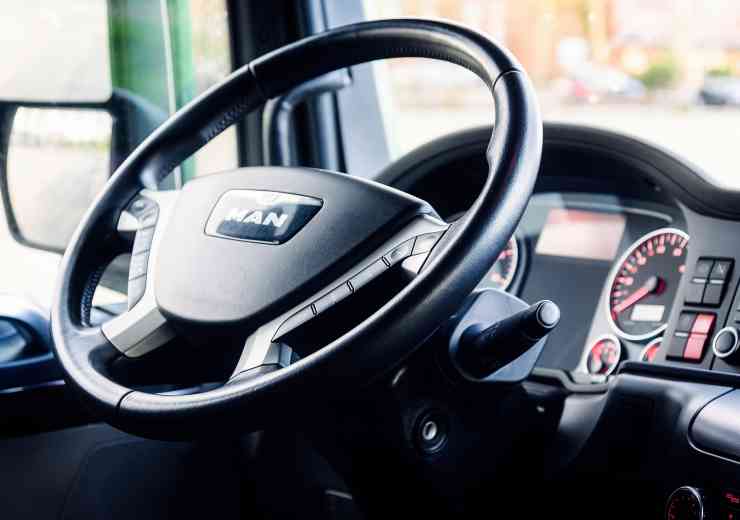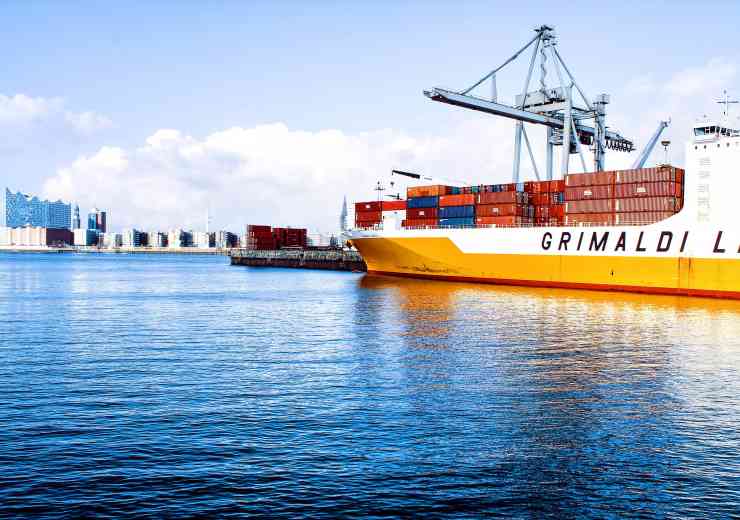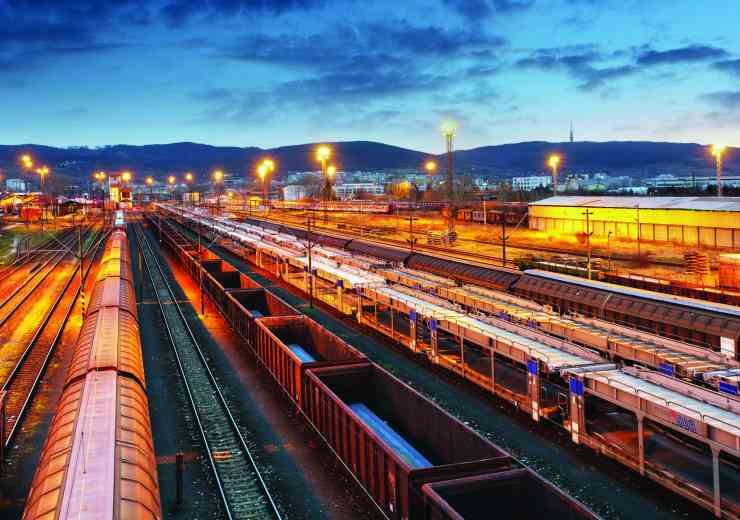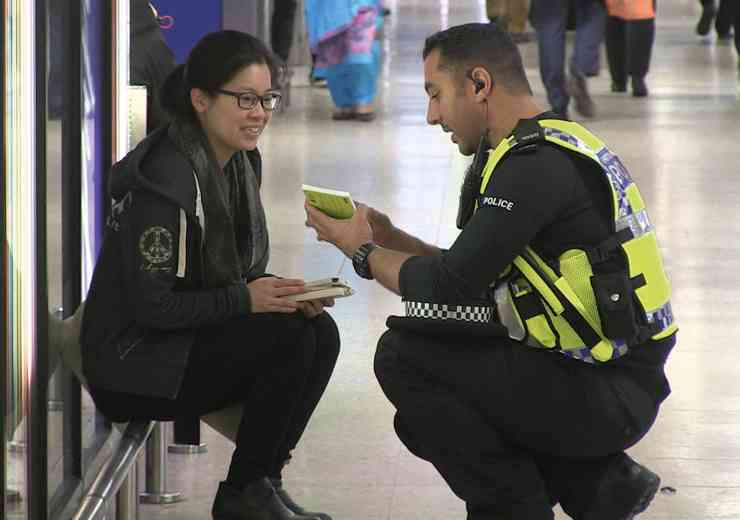
Deterring terrorism on the transport network
As of September, there have been at least five major terrorist attacks in the UK in 2017. While the face of terrorist threats appeared to be veering towards vehicular attacks and cyber warfare, this month saw the return of a more traditional approach - targeting the transport network. Counter Terror Business explores the differing attacks and how to better protect our transport systems
On Friday 15 September, a homemade bomb partially exploded inside a train carriage at Parsons Green underground station in West London, injuring 30 people on their rush hour commute. The bomb, which was in a plastic bucket, detonated on the District Line train at 08:20, creating a ‘wall of fire’ in one section of the train. The injured victims predominantly suffered from ‘flash burns’ and were treated at nearby hospitals, most of whom have now been released.
While there has been no evidence so far as to confirm ISIS’s involvement in the attack, the group has, unsurprisingly, claimed responsibility. Prime Minister Theresa May, having chaired a COBRA meeting in the afternoon of 15 September, announced that the UK's terror threat level was immediately raised to critical - its highest level - but has since revealed that the level has been brought back to severe following key police arrests.
The attack is the fifth major terrorist attack in the UK this year, following the vehicular attacks on Westminster Bridge, London Bridge and Finsbury Park, as well as the Manchester Arena bombing in May. While the apparent improvised nature of the Parsons Green attack undoubtedly spared mass casualties, it would be unwise to consider the attack as amateurish. It is, however, appropriate to compare the most recent strike against recent charges across Europe, examining how the tactics vary and then revisiting a common thought trail from each attack - how do we differentiate between an attack instructed by a terrorist group, usually ISIS, and an attack inspired by their actions. Then, if we can distinguish between the two, we must strongly consider what it tells us about the current nature of attacks and how we can mitigate against them.
Targeting transit
As odd as it sounds, we have to cast our minds back for the last substantial transport network attack. The 2016 Nice attack on 14 July seemed to set a new trend of using large, everyday objects as the means of attack, with 31-year-old Mohamed Lahouaiej-Bouhlel driving a 19 tonne cargo truck into crowds of people celebrating Bastille Day on the Promenade des Anglais in France, killing 86 people and injuring 458 others. Similar attacks have since happened in Berlin on 19 December, with 12 deaths at a German Christmas market, as well as in Sweden, Paris, Barcelona and London this year. The regularity of such events in the last 18 months has changed our perception of spontaneous attacks, so much so that the Brussels transport bombings in March 2016 seem somewhat distant.
On 22 March 2016, three coordinated bombs, two at Brussels Airport in Zaventem and one at Maalbeek metro station in central Brussels, killed 32 civilians, injuring over 300 more. Related to this, in June this year, Belgian soldiers shot a man suspected of being a would-be suicide bomber, wearing a rucksack and bomb belt, at Brussels Central Station.
The fact remains, and history reminds us so, that public transit is easily accessible and a mammoth security operation. More so, and key to the terrorist intent, public transport is heavily populated and therefore offers the potential of mass casualties, immediate chaos and the swift spread of fear. According to recent reports, approximately 75 per cent of casualties from terrorist attacks occur in underground train stations, although these account for just 13 per cent of attacks overall.
The most well-known of these attacks in Europe, aside from the 2016 Brussels bombing, remains the London bombing on 7 July 2005, which killed 52 people and injured over 700 other civilians. Three bombs were successively detonated on the London Underground network, at approximately 08:50 am, near Aldgate, Edgware Road and Russell Square, before a fourth exploded on a double-decker bus in Tavistock Square nearly an hour later, in what was labelled as the country's first ever Islamist suicide attack. An attack the year before in Madrid resulted in 192 deaths, when ten explosions occurred aboard four commuter trains. It was Europe's worst terror attack since the bombing of Pan Am Flight 103 over Lockerbie, Scotland, in December 1988.
The resulting fear of each type of attack is significant to understanding what the attacker is hoping to achieve. The vehicular attacks in London and, more recently, Barcelona, use what would otherwise be an unassuming object to cause random, impromptu and, often, spontaneous casualty. It is not only difficult to monitor a vehicle attack from a security perspective, but the public is usually unassuming as well.
Only recently, the Metropolitan Police unveiled a net of steel spikes, to be deployed onto a road, designed to stop vehicles being used in terror attacks. The Talon, which can be deployed by two officers in less than a minute, can stop a vehicle weighing up to 17 tonnes by puncturing its tyres. It is designed to ensure that the vehicle skids in a straight line, significantly reducing risk to crowds. The speed in which it is deployed emphasises the often impetuous nature of vehicle attacks.
To contrast this, transport system attacks are far harder to carry out spontaneously. They may be carried out in an amateur fashion, as seen in Parsons Green, but they tend to be coordinated, require more in-depth planning and structured in execution. Traditionally, they also tend to produce a higher number of casualties. Because of this, transport system attacks create a different fear. Millions of people use the tube, network rail and city metro systems each day, so an attack not only spreads fear of the act itself, but chaos and uncertainty about an everyday task - travelling to work. That fear is often what the terrorist desires - disruption to everyday activity. That fear is a lot harder to rid.
So how do we prevent transport attacks?
It is important to recognise that there are measures which can be introduced, either to reduce the opportunity to commit a terrorist act or at least minimise the impact of such an incident. Writing a few years ago for Counter Terror Business magazine, transport security expert Chris Stevens wrote that ‘transport hubs and environments need to operate in the manner that they are intended; and that knee-jerk, panic-induced ‘disruptive measures need to be avoided’. While much is done within intelligence agencies to prevent attacks from happening, the transport sector, and those involved in the planning and implementation of transport hub design, should be more concerned with reducing casualty numbers and limiting the consequential chaos of a terrorist attack.
Therefore, design considerations become key. The choice of structure layout, space designation, material selection and fitting requirements are essential in the security planning process. Following the 2005 tube bombings, authorities in the capital replaced most of the city’s metal garbage bins with transparent plastic bags hanging from hoops, making the task of placing a bomb within the infrastructure harder to disguise, and, if placed within successfully, less dangerous upon detonation.
Further to infrastructure changes, employing more police personnel at transport hot spots has proven successful in limiting the likelihood of an attack. As mentioned previously, Belgian soldiers stopped a would-be suicide bomber at Brussels Central Station in June. In the UK, the British Transport Police deploy Project Servator to detect crime and deter terrorism on the rail network. As part of the programme, deployments are highly visible police patrols designed to identify and prevent a range of criminal activity, from pickpocketing and theft to more serious crimes, including terrorism. This involves both uniformed and plain‑clothed officers trained to detect suspicious activity, supported by other resources, such as armed officers, police dogs and a network of surveillance cameras.
Describing why Project Servator works, Alun Thomas, assistant chief constable, said: “Working together to create a network of vigilance is the key to making Project Servator a success. Rail staff and people who work at stations are so crucial in the fight against crime because they are our eyes and ears on the network. They know their environment better than anybody, so they will know if something is out of place or doesn’t feel right.”
This is an important tool in the fight against terrorism within the transport network. The British Transport Police use the headline ‘We love rush hour, it gives us 300,000 extra pairs of eyes’, similar to the ‘See something, say something’ campaign, created by Homeland Security in the US. The fear of being seen is a useful security measure, although the same premise would not apply to suicide bombers. Additionally, the project encourages vigilance by allowing civilians to be part of the network. Members of the public who were surveyed during test deployments at Waterloo, Euston and Paddington stations in London in September 2015 found that the majority were reassured by Project Servator deployments, with 64 per cent and 66 per cent saying they would be more likely to report unattended items and suspicious behaviour respectively. With the public more likely to report suspicious activity, and the criminal more fearful of being targeted and caught, the public have reason to feel safer.
In response to the Parson’s Green incident, British Transport Police’s Deputy Chief Constable Adrian Hanstock announced that there would be extra police officers across the tube network, while extra officers were highly visible both on board trains and at key stations nationally. Operation Temperer, enacted by the Prime Minister on 15 September, also allowed for extra firearms officers from the Ministry of Defence Police to patrol the UK rail network. Operation Temperer allows for the government to deploy the military to support armed police in a time of high terror threat. It is a temporary measure, first used by the Theresa May in May this year following the attack on Manchester Arena.

Changing routines
This article has avoided discussing transport security and the threat of terrorism to airports and the aviation sector. Whilst it will continue to do so, it is important to look at how airports differ from train stations, underground platforms and other transport hubs. The concept of check-in times, bag scans and body searches are regular at airports across the world. Passengers generally arrive at the airport, on average, two or three hours prior to departure. This enables enough time for bags to be checked-in, hand luggage to be searched, and any extra searches to be conducted by security or police officers. However, passengers understandably expect to be able to turn up to a train station minutes before the train arrives, even buying a ticket as the train pulls into the station or on the train itself. There is an expectation that you can arrive at a train station and board as long as the doors are still open, making monitoring passengers and luggage near impossible.
However, perhaps something needs to change to ensure that the train network is more aware of who is boarding carriages and with what. In New York, passengers’ bags are subject to random searches on the metro network. But it would be another question to remove the randomness of such searches - there is not the time or the personnel, while the transport network, especially in rail, is far too vast for such a policy to work. As Chris Phillips told us, even if pre-travel search were to become regulated at mainline stations, the resources and organisational complication to carry this out at every station along a route would be both difficult to deliver and enforce.
With the Home Secretary recently announcing an additional £24 million for counter terrorism policing, it would be wise to invest some of this into transport security. The attack at Parsons Green underground station may have been unsuccessful, but it is a timely reminder that our transport networks need to be constantly monitored, protected and resilient to terrorist threats.
digital issue






